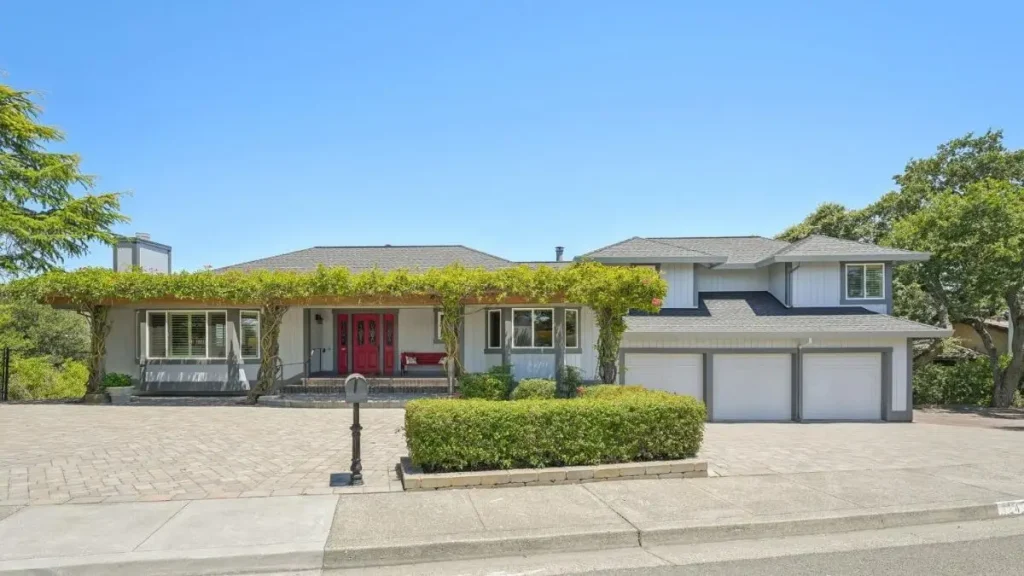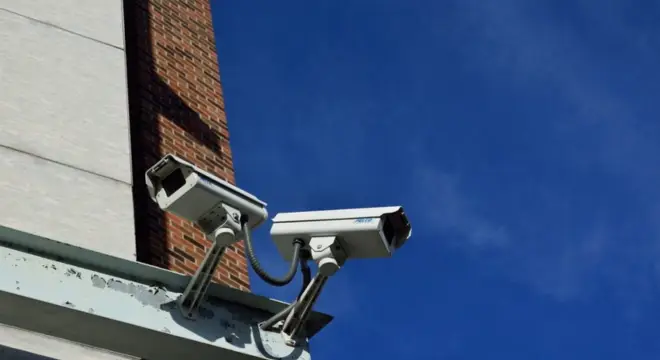2 Israeli Businessmen Murdered in LA: A Wake-Up Call for Home Security
In a world where home should be the safest place, recent events in Los Angeles serve as a chilling reminder that security is never guaranteed. For many homeowners, especially those living in seemingly secure neighborhoods, safety is often taken for granted—until it’s too late.
Over the past few days, a disturbing series of events unfolded in the San Fernando Valley, Los Angeles, where two Israeli businessmen were murdered just hours apart in the same neighborhood.
One of the victims was reportedly killed inside his home. Incidents like this are tragic, but they also provide a moment of reflection—prompting homeowners to ask themselves: Are we truly protected?
The Incident That Sparked Concern
According to Jewish Journal, both killings occurred in high-profile residential areas of Los Angeles within a span of mere hours. In one case, the victim was shot inside his own home, a place where he should have felt most secure. While police continue to investigate potential motives—including business disputes and targeted violence—the most immediate concern for everyday readers is the vulnerability of residential spaces.
This isn’t just about one tragic event. It’s a reflection of a growing problem in many urban and suburban areas: criminals are no longer deterred by location, income level, or neighborhood reputation. Even in gated communities or well-lit streets, danger can slip through the cracks—sometimes literally through the front door.
Understanding the Reality of Home Invasions

Home invasions differ from typical burglaries. These aren’t random break-ins that happen when no one’s home—they are aggressive, often violent entries that occur while people are inside. In many cases, invaders come prepared, exploit security gaps, and act swiftly, leaving homeowners little time to react.
The LA case highlights a harsh truth: high-profile individuals aren’t the only targets. Criminals may be drawn to any home they believe offers value, minimal resistance, or easy access. It’s a dangerous misconception to think “this can’t happen in my area.” In fact, the illusion of safety often leads to complacency.
Being aware of how invasions typically unfold—lack of surveillance, poor lighting, no security signage, or weak entry points—is the first step toward preventing them.
Lessons in Home Security: What Went Wrong?
When tragic events like the LA murders occur, it’s not just law enforcement that needs to ask tough questions—homeowners must also look inward and evaluate their own security strategies. While we may never know every detail of how the intruders gained access or what preventive measures were in place, we can still learn from the outcome.
One key lesson is the importance of visible deterrents. Criminals are far less likely to target homes with clear signs of security—whether it’s surveillance cameras, motion detectors, or even simple alarm signage. If a property looks unprotected, it becomes an easy target.
In these LA cases, the rapid nature of the attacks suggests either planned entries or exploited vulnerabilities, such as unlocked doors, poor lighting, or lack of alarm response. It’s also possible that there was little to no community surveillance or real-time alerts—tools that can be crucial during the early moments of an incident.
Moreover, relying solely on neighborhood status or police presence is not enough. Security begins at the door, and unfortunately, it often takes a crisis to make homeowners realize just how exposed they are.
If you’re upgrading your home security system, it’s also smart to address repair issues that weaken your defense. Learn more in our guide: No One Warns You About This Part of Homeownership: The Stress of Home Repairs.
Actionable Ways to Improve Home Security Today

Fortunately, the gap between feeling safe and being safe can be closed with a few smart, proactive changes. Here’s how homeowners can take control:
- Install Smart Surveillance Systems: Invest in modern cameras with real-time alerts, night vision, and cloud backups. Even basic systems with two-way audio can discourage intruders.
- Upgrade Locks and Entry Points: Reinforce doors with deadbolts, strike plates, and smart locks that notify you when used. Window sensors and shatterproof films also add an extra layer of security.
- Use Motion-Activated Lighting: Poor visibility at night gives intruders cover. Strategic outdoor lighting eliminates hiding spots and makes suspicious activity easier to spot.
- Enable Remote Monitoring: Many affordable systems now allow homeowners to monitor live feeds and receive motion alerts via smartphone apps—even while away.
- Adopt a Layered Security Approach: Combine physical deterrents (fences, lighting) with technology (cameras, alarms) and behavioral practices (locking doors, communicating with neighbors).
- Stay Connected to Your Community: Join or form a neighborhood watch, use platforms like Ring’s Neighbors App, and share real-time updates to stay aware of local threats.
Security isn’t just about expensive systems—it’s about consistent, thoughtful practices. The most protected homes are those that appear defended, are difficult to access, and respond quickly to unusual activity.
Community Safety: A Shared Responsibility
One of the biggest myths in home security is that protection ends at the property line. In reality, community awareness is one of the strongest deterrents against crime. Isolated vigilance isn’t as powerful as a connected, observant neighborhood where residents look out for each other.
Incidents like the LA murders remind us that even affluent or relatively quiet areas can fall victim to serious crimes. However, when neighbors communicate, share alerts, and stay informed about suspicious activity, the entire neighborhood becomes harder to target.
Here are a few ways communities can work together:
- Start or Support a Neighborhood Watch Group: Regular communication and check-ins, even via WhatsApp or Facebook groups, can strengthen local defense.
- Encourage the Use of Smart Doorbells and Shared Surveillance: Devices like Ring or Nest allow footage sharing and help establish a visual net over the entire area.
- Report Suspicious Behavior Promptly: Many crimes are prevented or solved when residents speak up early. Don’t ignore unusual foot traffic, loitering, or vehicles circling the block.
- Educate Your Neighbors on Best Practices: Share articles, safety checklists, or hold mini workshops on home safety techniques. The more informed your community is, the stronger your collective defense becomes.
When one home is at risk, the whole street is at risk. Community vigilance creates a culture of caution—and criminals often avoid areas that feel alert and unified.
Final Thoughts
The tragic deaths of two businessmen in Los Angeles weren’t just isolated criminal acts—they were loud alarms, reminding every homeowner that real safety takes intention, awareness, and proactive action.
Whether you live in a city apartment or a quiet suburban home, modern threats require modern defense. Advanced security tools, informed habits, and a connected neighborhood are no longer luxuries—they’re necessities.
At BuildLikeNew, we encourage every reader to treat security as a lifestyle, not an afterthought. Take this moment to reassess your current setup, educate your family and neighbors, and invest in smarter, more reliable home protection solutions.
You can’t control every threat—but you can control how ready you are for it.
Your home should never be the easiest target on the block. Take the first step today—review your current security setup, talk to your neighbors, and explore reliable solutions that truly protect your space.
For expert tips on home safety, real-life incident breakdowns, and smart security upgrades, visit our website regularly. Your safety starts with awareness—and we’re here to guide you every step of the way.
Disclaimer: The information provided in this article is for educational and informational purposes only. While we reference real news events, our content is not intended to provide legal advice or investigative conclusions. Always consult with local law enforcement or certified security professionals for matters related to crime prevention and home safety.


